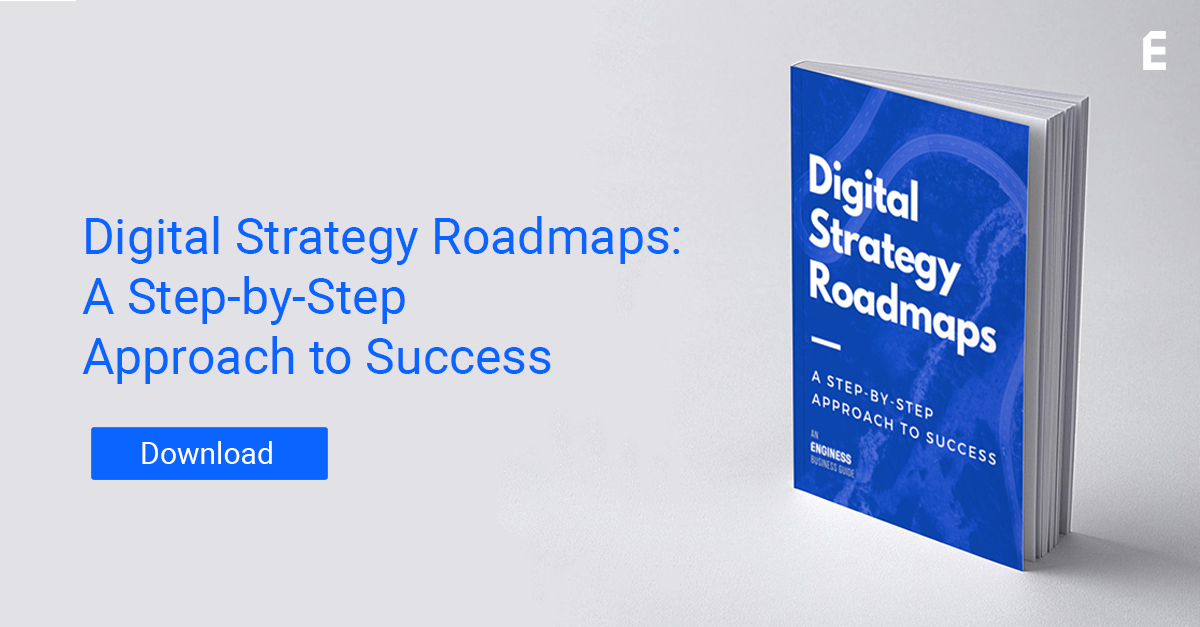We often forget a fundamental truth: software is a tool. It’s something that’s designed to help you do a job better, faster and more efficiently.
But like any tool, if you use the wrong one, you’re not going to get the results you want. You can have the fanciest screwdriver in the world, but it’s never going to be very good at hammering in nails.
That’s why it’s absolutely critical to conduct a thorough technology assessment, so you know you have the right tool to get the job done.
Here’s how you do it.
Why Bother With a Technology Assessment?
First, a technology assessment makes it much more likely to get a solution that suits your requirements and environment. We often know we have a problem and can visualize the ideal state we want our technology solution to get us to. However, it is challenging to know how to get there because it’s easy to confuse the symptoms with the cause of a problem. Thus, you end up solving the "symptom" with a (potentially expensive) piece of technology that is ill-equipped to address the underlying cause.
A structured process to assess and select a technology solution helps you get around this problem, reduce risks, and achieve your true objective, by forcing you to both identify the right problem and solve it in the right way.
Now that we know why we should do a formal technology assessment, how do you actually do it?
Step 1: Discovery
The first step towards picking the right technology is discovery. The purpose of the discovery phase is to deeply understand your existing reality, the problem you’re solving, and who you’re solving it for.
Understanding your current technology eco-system
You need to discover your current technology environment. This includes both the solutions you’re currently using as well as the systems and processes used to connect those systems. A good way to look at this is to look at it through the lens of a business process, and looking at what data is moved along the way, where that data is stored / what’s the source of truth, and how it gets from point A to point B.
A few questions to consider in this phase are:
- What data is important here?
- Who’s owning each system?
- What’s the source of truth for this process?
Understanding the problem
Next, you need to understand the problem, both in terms of the business and in terms of your end-user experience.
For example, say you are a sales organization struggling to hit your targets. Your business problem might be that you are not generating enough new business, and you are not sure why, what to do about it, or where to improve. In the same instance, your end-user problem might be that they don’t know what works and what doesn’t, so your sales reps just guess.
So your problem might boil down to documenting and sharing data readily throughout the sales organization so you can make better decisions and drive more revenue.
By combining both a business problem and the end-user problem, you can get a better sense of what the actual problem is, and begin to devise a way to solve it.
Understanding your people
Finally, you need to understand your people. That end-user insight isn’t going to come unless you take the time to really understand what your end users are struggling with and link this back to the high-level business problem. Shadowing of how people do their jobs, reviewing the existing usage data, user interviews, and rapid prototype testing are all excellent ways to uncover this information.
Once you have a holistic understanding of your technology environment, you can move on to the next step: analysis.

Step 2: Analysis
By the end of the discovery stage, you should be armed with information about where you are now and where you want to go. Ideally, you’ll have the beginnings of requirements to get there.
Next, you need to analyze the precise functionality that you have internally and how it’s currently being applied.
Since you have a good understanding of the problem, the goal, and the environment and systems, a good place to start is to look at what your existing tech stack can do.
You need to look at how the technology is being applied at a granular level. What’s more, you want to look at how it’s being worked around or misused. Are end-users avoiding features and functions? If so, why?
The reason you want to poke into these problems is that you might not need as complex a solution as you thought. Far more often, organizations are misusing their existing stack rather than using it to its full potential and still running into problems.
That said, you will find some gaps and holes. That’s where your technology assessment should focus, especially as you flesh out the requirements for what to buy to achieve your business objectives. The end state of the Assess and Analysis stage is an understanding of credible and prioritized options to fill your gaps with the pros and cons of each option.
Step 3: Define & Develop
Next comes to define and develop. You have a high-level business goal and a good understanding of the problem, environment, and the holes you’re trying to plug.
Next, you need to build out your vision for the end state. It’s not just about what problem you’re looking to solve, but more granular; what is your technology solution going to do/drive the business forward?
One common problem we see in this stage is a misalignment between the business, ops teams, and overall technology strategies. The challenge is that early research is often completed by technology teams (IT, etc…) but in reality, the entire project needs to be rallied around the business and operational requirements.
To do so, you need to develop and define your technology vision through the lens of the business and operational requirements. Ask yourself: does this feature/function/vendor solve the problem that the company has?
Naturally, there’s going to be some give and take here. Every decision or option you present will have tradeoffs. Defining and developing is about refining your vision down to be laser-focused on the business problem, and using the criteria you’ve built so far to hone in on exactly what you need.

Step 4: Document
The final step is to put all your work down on paper in a well-documents plan. Your final document should include:
- A high-level overview
- A crisp explanation of what you are solving and what you are asking for
- All the details of the implementation and deployment
- Details on project timelines and ownership.
One final piece of documentation is verbal communication. Make sure that the whole team knows the “elevator story”—that is, the high-level messaging to capture the interest and attention of key executives. You will also need to schedule the meetings with the executive decision-makers to gain buy-in. Ideally, these should be done one on one and then collectively, so there is both individual and group support. Finally, be ready to iterate as required based on executive feedback. Don’t assume just because it’s in your master plan its fact. Remember to be flexible, because it’s much better to tweak the project now than end up with technology you’re unhappy with.
Conclusion
As businesses get more complex, manual processes and systems become increasingly error-prone and risky, not to mention expensive and slow. Technology can help automate, streamline, and refine, giving valuable team members the space they need to do meaningful, high-value work.
Getting buy-in for it, buying the right tool, and then seeing that business impact, though, is far from simple.
Hopefully though, with these four steps, you will move toward your business goals by building and then executing your technology assessment plan. From here, your next steps are to pursue the specific technology you need to procure, document detailed requirements, evaluate vendors, and negotiate the paperwork. Once you select a vendor, embark on a consultative, collaborative approach to design and other steps for implementation. Remember that successful technology implementation requires a broader focus on process and organizational design. To achieve business value, consider how the technology change will drive changes in your metrics and support models.
Then implement, integrate, maintain… and repeat!
